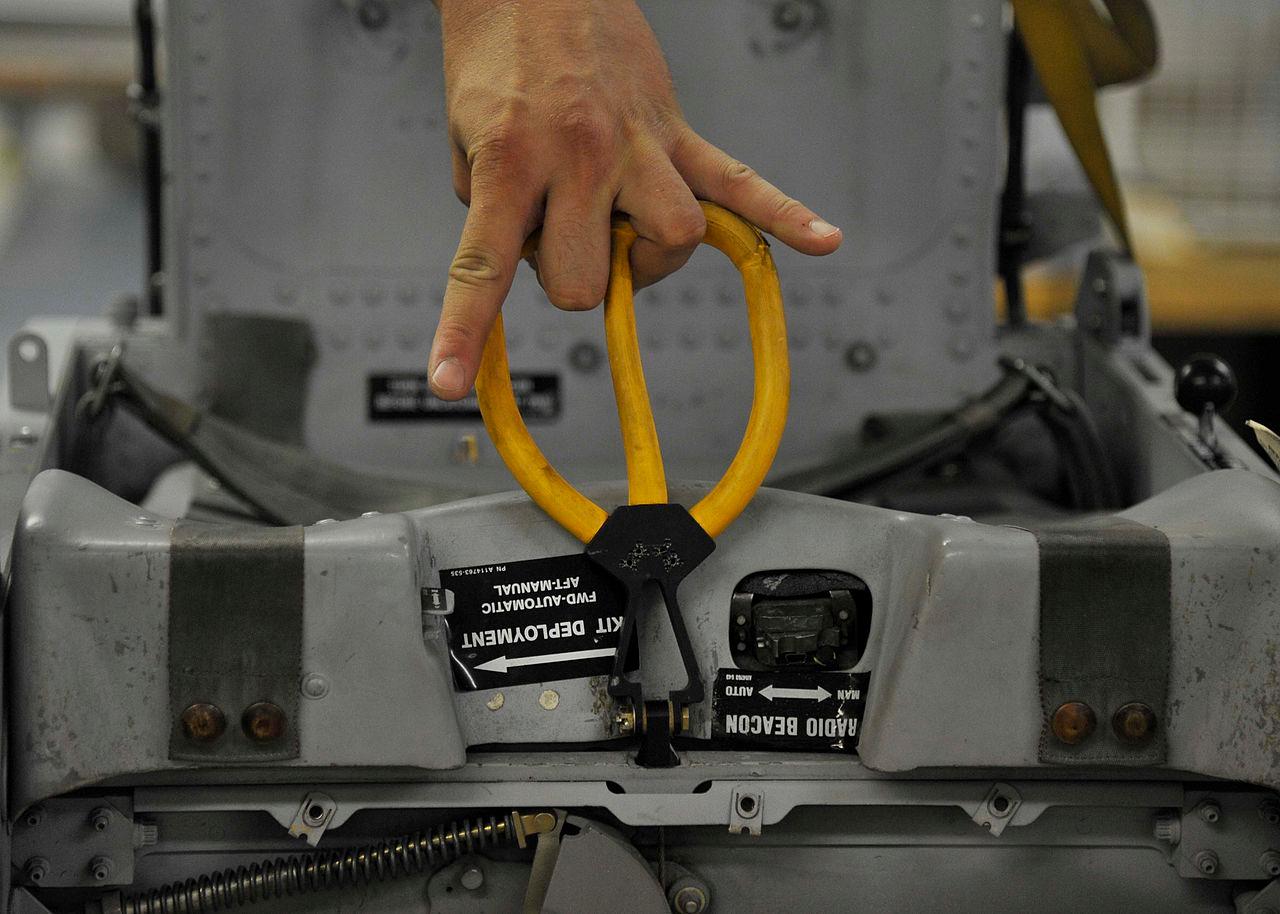This one:

Yes, an F-15 has once landed with a lost wing. However, the landing was a close call - 20 more feet and the plane would've overrun the runway. That landing took both skill and luck, as well as a very capable aircraft.
In this case, the pilot applied afterburners to stabilize the aircraft, then performed a carrier-style landing - which isn't a normal flared landing, more like a CFIT (controlled flight into terrain) with a hook and cables arresting you while you're crashing.
What made that landing possible is:
- The plane in that configuration had a TWR of at least 1.3, possibly more with one wing.
- Modern jet fighters use all-moving tailplanes aka tailerons, which can move differentially, providing a powerful secondary roll input.
- The F-15's lifting body works even when its wings lose it at zero AoA, reducing lift asymmetry.
- There was a runway close enough to reach it on afterburners, and long enough to stop after landing at unusually high speed.
The engines and large all-moving tailplanes were able to overpower the asymmetric lift. It might not have worked, were the damage slightly different. The other necessary control input is using roll to compensate for asymmetric lift - on a fighter, it moves both the ailerons and the tailplanes, and the latter were working.
What makes such a feat impossible in most aircraft is:
- Most subsonic, non-aerobatic, non-combat aircraft use fixed tails with elevators, which only move together - they can't affect roll.
- Aileron forces on one wing are smaller than its lift, so the wing will still produce positive lift, rolling the plane towards the lost wing.
- Cambered airfoils need negative AoA for zero lift, so the plane can't be flown in a straight line.
Jet fighters are uniquely equipped to handle this kind of emergency. Their thin supersonic airfoils work almost linearly across a wide range of AoA, and they have especially large control surfaces. Basically, their controls are more powerful than their wings.
The only planes without ejection seats or ballistic parachutes which have any chance to survive this might be high-end aerobatic or racing aircraft, some of which have stabilators (and some also have ejection seats). The input is essentially the same: go full throttle, counteract roll and spin, counteract whatever else is going on.
In any other aircraft, a crash is inevitable. It's impossible to make a versatile recommendation, but if you can't bail out, and still have any control, bleed energy while you can, and brace for impact.

